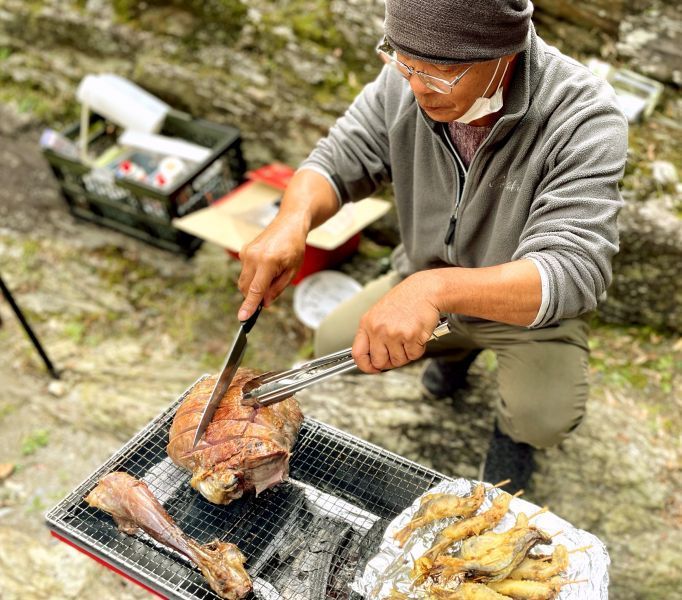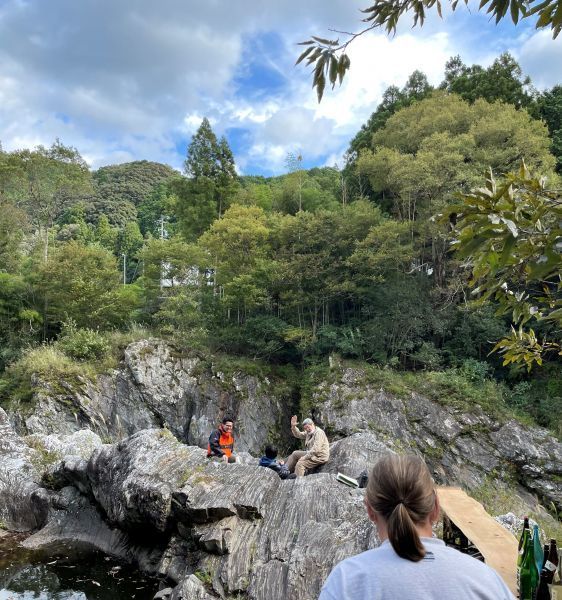Sustainability and Forest Tourism in Mie
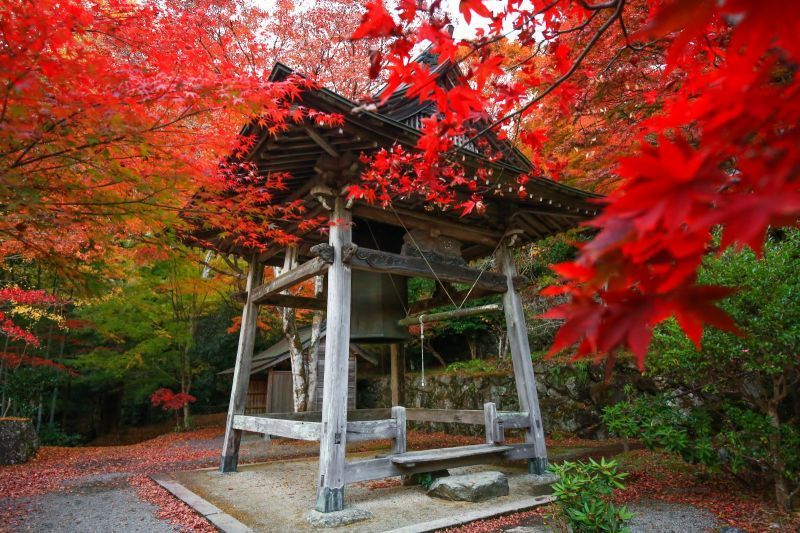
Japan is an island nation covered 70% by forests and mountains and Mie in particular has an ancient history and culture of forestry and wood artistry. Connect in a deeper way with local mountain culture and gain a unique perspective during your adventures in Japan.

Hinoki Forest in Matsusaka Mie Prefecture
The history of forestry in Mie goes back more than 300 years and though not as famous as some of the Hinoki (Japanese cypress) producing regions elsewhere, forestry of Mie is a hidden wonder. Much of Mie culture and customs are influenced by the beautiful and important Ise Jingu (shrine) so perhaps a culture of forestry was inevitable in the area because of the large amount of high-quality timber required for the upkeep and rebuilding of the shrine every 20 years.
Setting off on a gorgeous drive into the countryside we headed out to enjoy the forests with local experts and learn more about the area, the history and the culture of the woodland areas around Matsusaka, Mie.
We first journeyed into the mountains with a local professional lumberjack. We learned so much about the revered Hinoki trees grown and harvested with care from a multi-generalional local company.
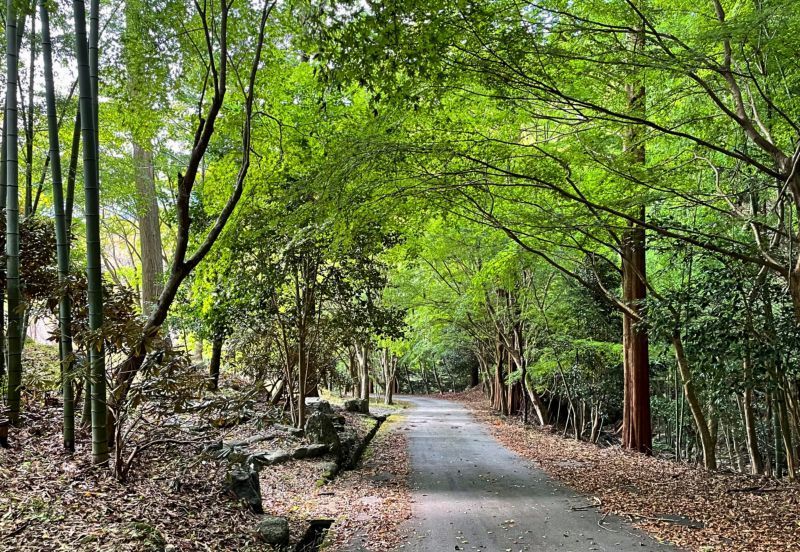
Driving into the forest

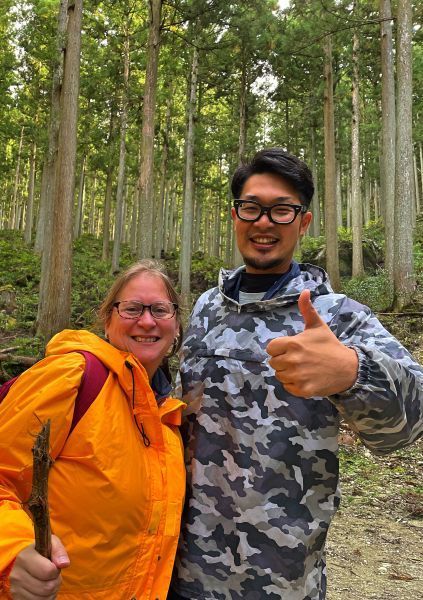
Hinoki are one of Japan’s most significant tree species. They have been revered for centuries for their beautiful, durable wood and fragrant essential oils from the bark. Hikoki has a beautiful, straight grain – and it is very resistant to splitting, warping and rot. These factors make it an important building material in Japan: in construction, tools, sculptures, and civil engineering. Traditionally, it was and continues to be used in Shinto ceremonies & purification rituals, to build shrines & temples, and to construct fragrant tubs for bathing and at onsen (hot springs) Well-built hinoki structures can last 1000 years, and some famous Hinkoki buildings/artifacts in Japan are even older.
While we were learning about sustainable forestry practices, common in the area for over 100 years, we visited a shrine to the forest spirits up in mountains. And we also learned about a piney but soft local ground plant nicknamed Kamino Zabuton, “The God’s Pillow.”
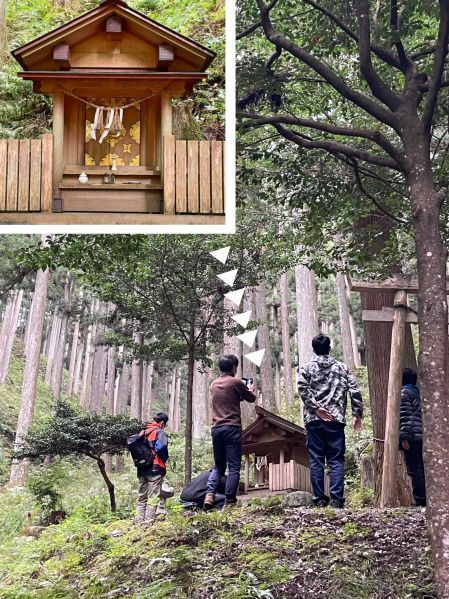
Small forest shrine
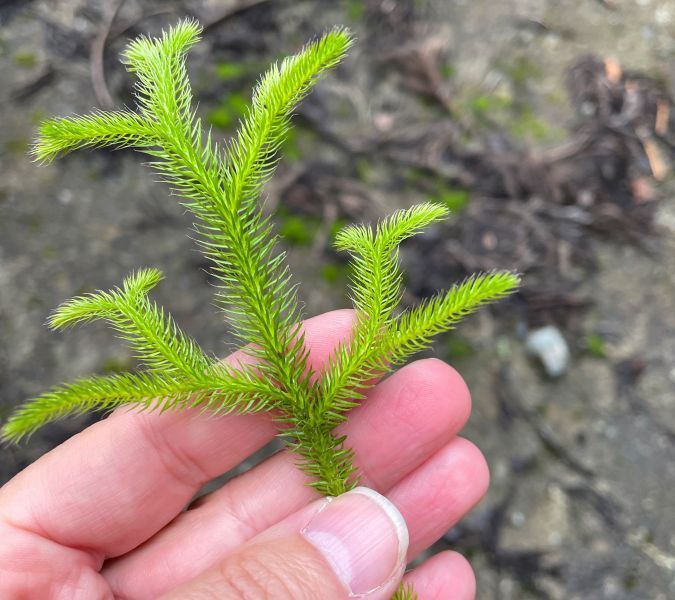
We had a wonderful time communing with the trees. Hinoki in the wild are very rare and new modern techniques of forestry plus sustainable harvesting are crucial for harmonious living with man and nature.
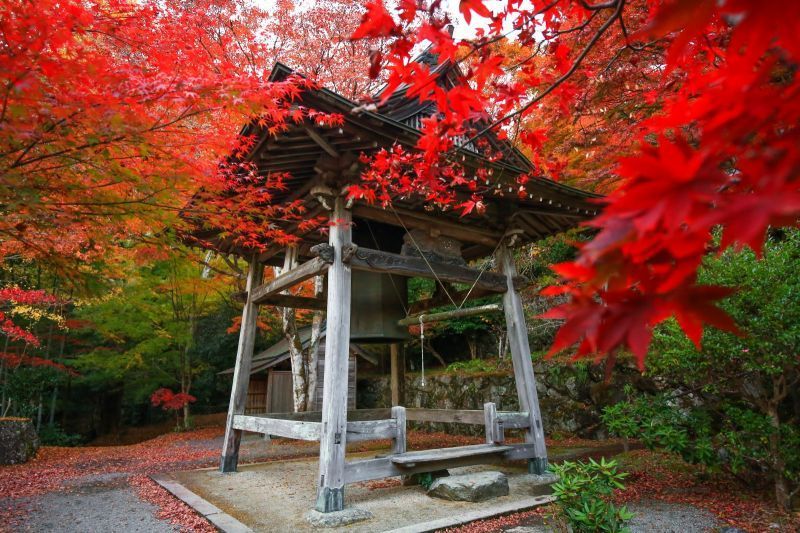
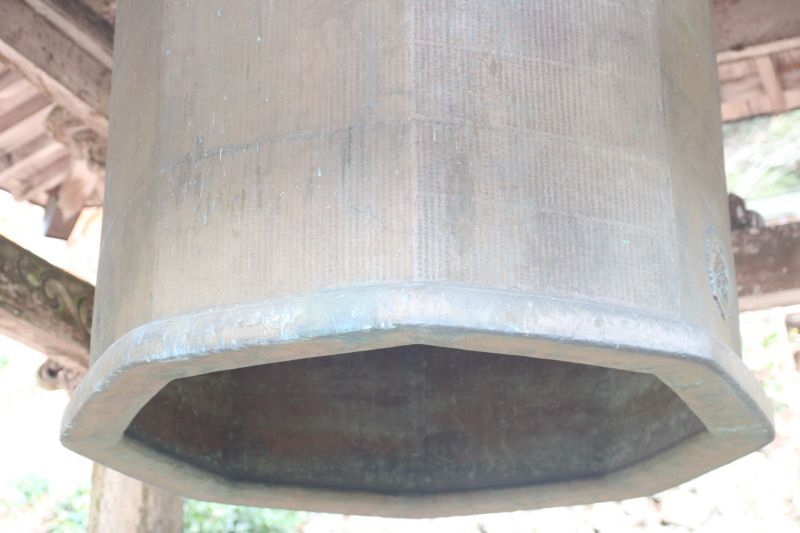
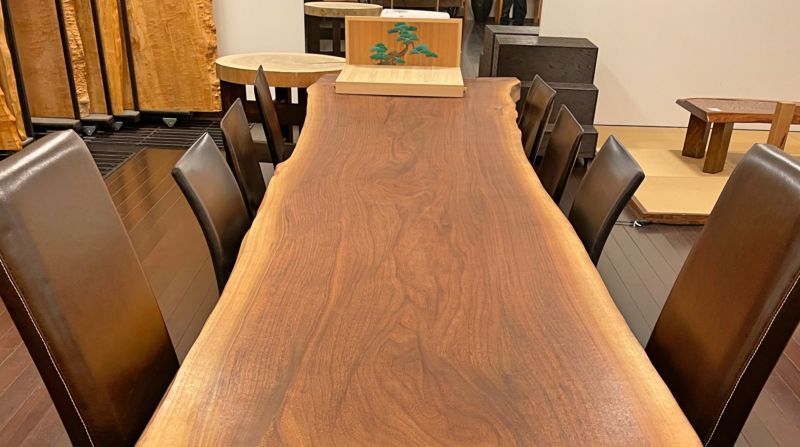
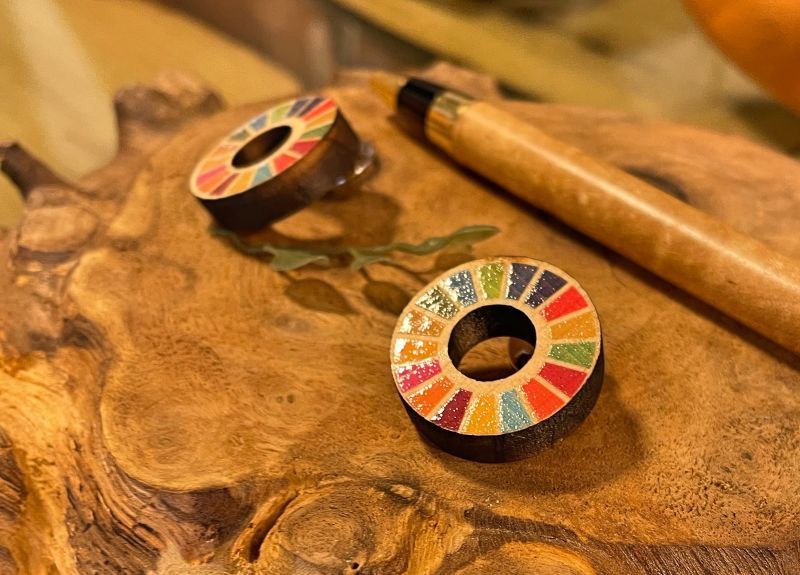

After our woodland walk and our explorations of the artistry at Mokuichi there was another wonderful surprise waiting for us.
Mokuichi has a new program called Moku Alfresco, it is a hunter’s gourmet meal prepared outdoors along a gorgeous river and under the canopy of local trees. Our local hunter-chef Mr Sugiyama prepared venison, wild boar, river fish and a special regional variety of shiitake mushrooms. The grilling was beyond perfect. He certainly had a deep understanding of the best way to prepare game meats, and enjoying this meal out in the open-air made everything taste even better. The wood-artists of Moku prepared cypress “plates” which made our meal a feast for the eyes as well as the taste-buds. We also had “river-chilled” local rice wines and tried a flight of several different types paired with our delicious lunch.
